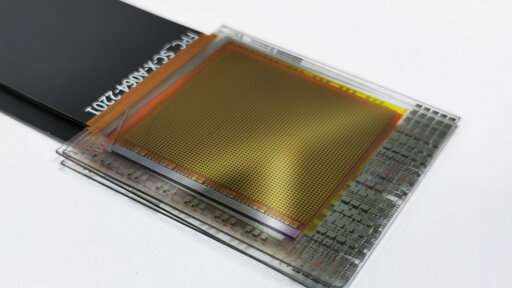They use stacked transparent color sensors, like Foveon camera sensors used to.
In numerous experiments, the researchers put the two prototypes, which differ in their readout technology, through their paces. Their results prove the advantages of perovskite: the sensors are more sensitive to light, more precise in color reproduction and can offer a significantly higher resolution than conventional silicon technology.
The fact that each pixel captures all the light also eliminates some of the artifacts of digital photography, such as demosaicing and the moiré effect.



Yeah, but I’m talking about chemical instability which happens nonetheless, independently on the light you shine on it.